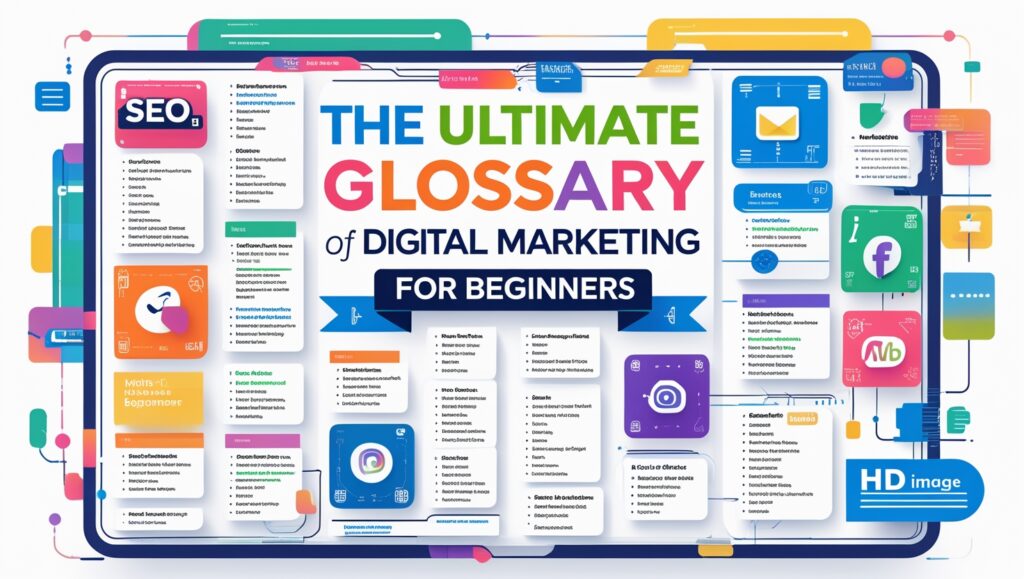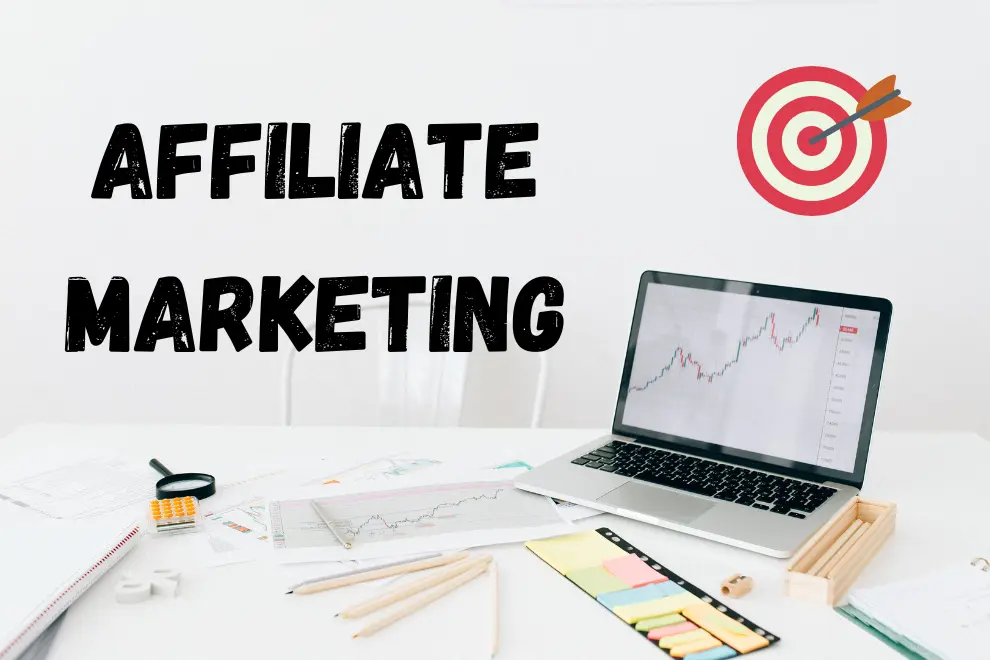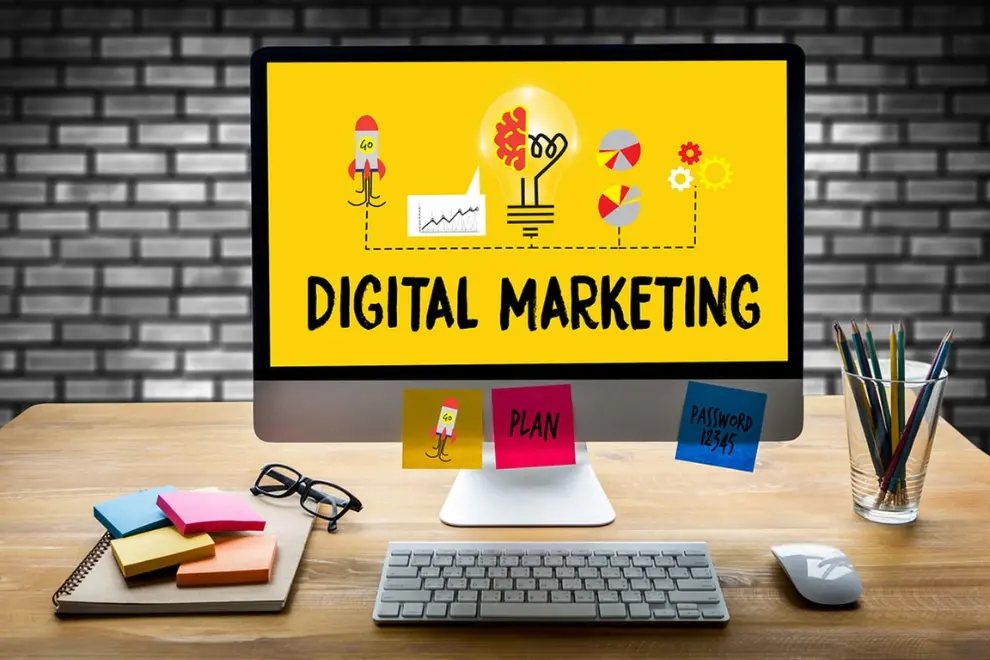Digital marketing can feel like a vast and complex field when you’re just starting out. Whether you’re a business owner, aspiring marketer, or just curious about how the digital marketing world works, understanding the right terminology is crucial. This guide will walk you through the essential terms that every beginner should know, offering a clear explanation of each, while providing a foundation to help you succeed in the digital space.
Digital Marketing: Essential Terms Every Beginner Should Know
1. SEO (Search Engine Optimization)
What It Is:
Search Engine Optimization (SEO) is the practice of optimizing a website to improve its ranking on search engines like Google. The higher the ranking, the more likely it is that users will click through to the website.
Why It’s Important:
SEO helps increase organic (non-paid) traffic to your website. Good SEO strategies focus on optimizing website content, building backlinks, and improving technical factors like site speed and mobile compatibility.
Key Concepts:
- Keyword Research: Finding words and phrases your target audience is searching for.
- On-Page SEO: Optimizing content and HTML elements such as headings, images, and metadata.
- Off-Page SEO: Activities done outside your website (like building quality backlinks).
- Technical SEO: Optimizing backend aspects of a website (site structure, page speed, mobile-friendliness).
2. PPC (Pay-Per-Click)
What It Is:
PPC is a paid advertising model where advertisers pay a fee each time their ad is clicked. It’s commonly used in search engine advertising, social media ads, and display networks.
Why It’s Important:
PPC allows businesses to target specific keywords and demographics, ensuring their ads are seen by the right people at the right time. Unlike SEO, which requires patience, PPC delivers quick results.
Key Platforms:
- Google Ads: Ads displayed on Google search results and partner websites.
- Social Media Ads: Paid ads on platforms like Facebook, Instagram, and LinkedIn.
- Display Ads: Visual banners shown on websites across the web.
3. Content Marketing
What It Is:
Content marketing involves creating and sharing valuable, relevant content to attract and engage a target audience. It can be blogs, videos, podcasts, infographics, and more.
Why It’s Important:
Great content builds trust, educates your audience, and boosts SEO by generating backlinks. It’s a long-term strategy that nurtures relationships with your audience, helping to convert them into customers over time.
Content Types:
- Blog Posts: In-depth articles on relevant topics that add value.
- Videos: Engaging and easy-to-share multimedia content.
- Ebooks & Whitepapers: Detailed guides that help educate your audience on a subject.
- Podcasts: Audio content that can be consumed on-the-go.
4. Social Media Marketing
What It Is:
Social media marketing involves using platforms like Facebook, Instagram, Twitter, LinkedIn, and TikTok to promote your brand, products, or services.
Why It’s Important:
Social media is where your audience spends a significant amount of time. It helps with brand building, community engagement, and traffic generation. Paid ads on social media also allow for advanced targeting.

Types of Social Media Marketing:
- Organic Social Media: Posting and interacting with followers without paying for ads.
- Paid Social Media: Running paid ads or sponsored posts on social media platforms.
5. Conversion Rate
What It Is:
Conversion rate refers to the percentage of visitors to your website who take a desired action, such as purchasing a product, filling out a form, or downloading a resource.
Why It’s Important:
Higher conversion rates indicate that your website is effective at persuading visitors to take action. Improving conversion rate optimization (CRO) strategies can lead to more sales or leads without needing to increase traffic.
Formula: Conversion Rate = (Conversions / Total Visitors) * 100
6. Lead Generation
What It Is:
Lead generation is the process of attracting potential customers and capturing their interest in your products or services. It involves creating opportunities for prospects to share their contact information.
Why It’s Important:
Generating high-quality leads is crucial for business growth. Effective lead generation strategies, such as offering lead magnets or using forms, help you build a list of individuals who are interested in what you offer.
Lead Generation Strategies:
- Landing Pages: Dedicated pages designed to capture user information.
- Email Campaigns: Collecting email addresses through signup forms and newsletters.
- Webinars: Offering free educational sessions in exchange for registration.
7. Email Marketing
What It Is:
Email marketing involves sending targeted emails to a list of contacts to nurture relationships, drive engagement, and encourage conversions.
Why It’s Important:
Email is one of the most direct ways to communicate with potential and existing customers. It provides opportunities to promote offers, deliver valuable content, and retain customers with personalized messaging.
Types of Email Campaigns:
- Newsletter Emails: Regular updates on your brand, products, or services.
- Promotional Emails: Emails designed to drive sales, often with discounts or special offers.
- Transactional Emails: Automatically triggered emails like order confirmations or shipping updates.
8. Bounce Rate
What It Is:
Bounce rate is the percentage of visitors who land on your website but leave without interacting further.
Why It’s Important:
A high bounce rate indicates that visitors may not be finding what they’re looking for on your site, or your site may not be user-friendly. Lowering the bounce rate is crucial for improving user engagement and increasing conversions.
How to Improve Bounce Rate:
- Enhance User Experience: Ensure your website is easy to navigate and visually appealing.
- Optimize Content: Provide relevant and high-quality content that answers users’ needs.
- Speed Optimization: Make sure your website loads quickly to avoid users leaving due to slow speeds.
9. Affiliate Marketing
What It Is:
Affiliate marketing is a performance-based strategy where businesses reward affiliates for promoting their products or services and generating sales through their unique affiliate links.
Why It’s Important:
Affiliate marketing allows businesses to reach new audiences through partners without upfront costs. Affiliates promote your products, and you only pay for actual sales or leads.
Key Players:
- Affiliates: Partners who promote your products for a commission.
- Merchants: The businesses offering the products or services.
- Affiliate Networks: Platforms that connect merchants and affiliates.
10. UX (User Experience)
What It Is:
User experience refers to how a person feels when interacting with your website or app. A good UX ensures that users can easily navigate your site and complete their desired actions without frustration.
Why It’s Important:
A positive UX increases customer satisfaction, retention, and conversions. Websites with a poor user experience tend to have higher bounce rates and lower conversion rates.
How to Improve UX:
- Simplify Navigation: Make it easy for users to find what they need.
- Responsive Design: Ensure your website works smoothly on both desktop and mobile devices.
- Fast Loading Times: Minimize load times to reduce user frustration.
Digital marketing is a dynamic and multifaceted field, and having a solid understanding of the key terms is vital to navigating it successfully. Whether you’re diving into SEO, running paid campaigns with PPC, creating engaging content, or leveraging social media to connect with customers, these terms will serve as the foundation for your marketing efforts.
Remember, digital marketing is a continuous learning process. By staying informed about the latest trends and strategies, you’ll be better equipped to implement successful campaigns and grow your business in the digital world.


